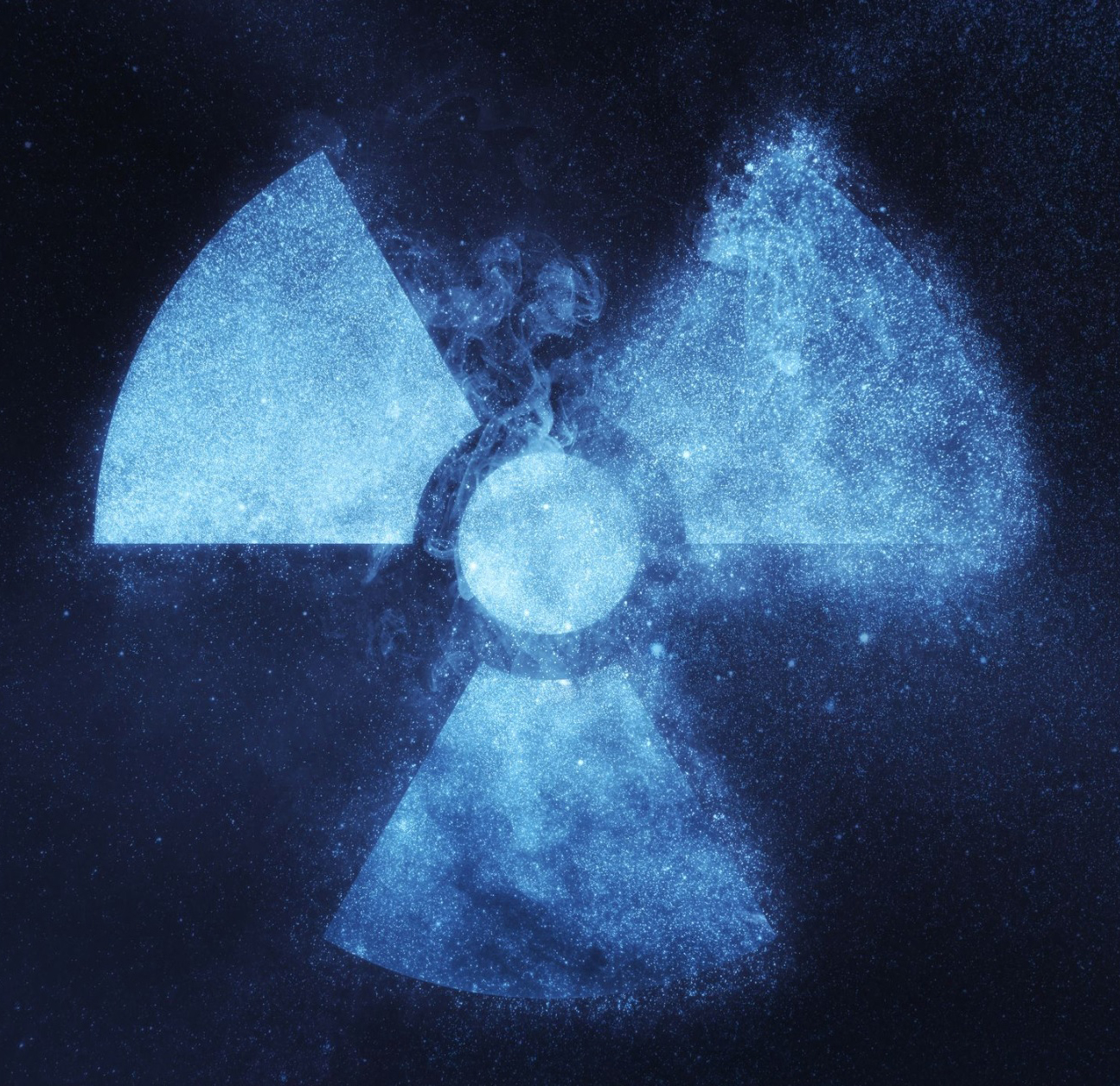
The first UK trial to test the benefits of proton beam therapy for certain patients with breast cancer has launched in the UK.
The trial will compare proton beam therapy – which can target radiotherapy beams more precisely – with standard radiotherapy for patients who are at greater risk of long-term heart problems after radiotherapy treatment. It will help to determine whether proton beam therapy can help to deliver adequate doses of radiotherapy to breast tissue, while minimising off-target radiation delivered to the heart.
The trial will enrol 192 people across a planned 22 sites in the UK. People allocated to receive proton beam therapy will be treated at either The Christie NHS Foundation Trust in Manchester, or University College London Hospitals NHS Foundation Trust with accommodation provided for those who are travelling far from home.
The PARABLE trial is being led by researchers at The University of Cambridge, The Institute of Cancer Research, London, and The Royal Marsden NHS Foundation Trust and managed by the Cancer Research UK-funded Clinical Trials and Statistics Unit at The Institute of Cancer Research (ICR).
PARABLE is funded by a National Institute for Health and Care Research (NIHR) and Medical Research Council (MRC) partnership. The NHS proton centres – UCLH and The Christie – also provided expert guidance on the trial protocol development.
Radiotherapy lowers chance of recurrance
Every year in the UK over 30,000 people with breast cancer receive radiotherapy following surgery as part of their treatment. Standard breast cancer radiotherapy uses high energy x-rays to kill cancer cells. As well as lowering the risk of cancer coming back, radiotherapy can increase survival rates.
Standard breast cancer radiotherapy is very effective for the vast majority of people and the benefits far outweigh small side effects. However, there can be a very small risk of radiotherapy leading to heart problems much later in life (less than one per cent of people treated).
The risk of heart problems later in life due to breast radiotherapy may be higher than one per cent for a very small group of people. This is usually because their breast tissue and the lymph nodes which require radiotherapy treatment are located close to the heart, and/or because they have an increased underlying risk of developing heart problems later in life.
Charged particles instead of x-rays
Proton beam therapy uses charged particles instead of x-rays to target tumours more precisely. Researchers hope it will allow doctors to deliver the required dose of radiotherapy where it’s needed, while minimising the dose of radiation delivered to the heart, and without increasing the risk of early side effects such as skin redness and changes in breast appearance.
The average radiotherapy dose that the heart is likely to receive from the radiotherapy planning scan can be estimated and together with age and other medical history, this information is used to predict the potential small lifetime risk of heart problems.
People who are predicted to have at least a two per cent or more potential lifetime risk of heart problems from radiotherapy will be invited to take part. Around 500 out of every 30,000 people who receive radiotherapy for breast cancer fall into this category. People who enter the trial will either receive standard radiotherapy or proton beam therapy.
The innovative trial will measure radiation dose delivered to the heart as an early predictor of possible heart problems, to avoid the need for lengthy follow up for many years before results are available.
People in the trial will also record their experiences using questionnaires so that researchers can assess side-effects including skin reactions, breast pain and swelling, and other symptoms which are particularly important for patients.
Proton beam therapy has been used in other countries to treat breast cancer, but numbers of participants in these trials are small and there have been no reported trials that directly compare proton beam therapy with standard radiotherapy.
The researchers stress the importance of evaluating the benefits of proton beam therapy – which is expensive and only available in certain locations across the UK – thoroughly in a clinical trial.
